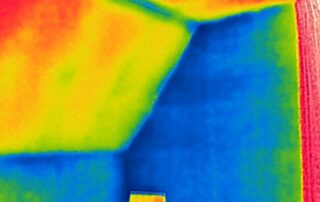Thermal Bridging in Commercial Buildings
Thermal bridging in commercial buildings allows heat to escape or enter, increasing energy consumption and utility bills. It also leads to higher operational costs, maintenance expenses, and carbon emissions. Thermal imaging helps identify hidden thermal bridges, enabling targeted strategies to enhance energy efficiency and reduce costs.







